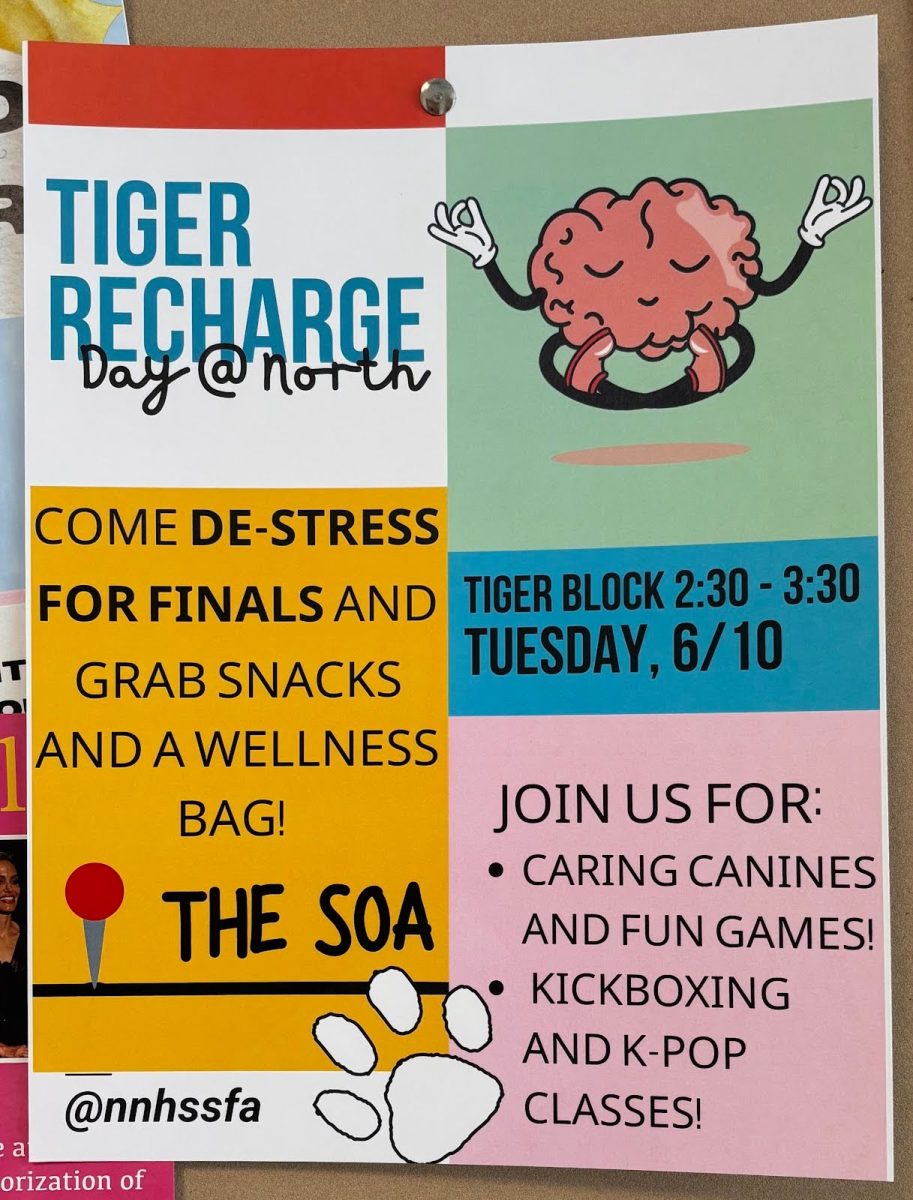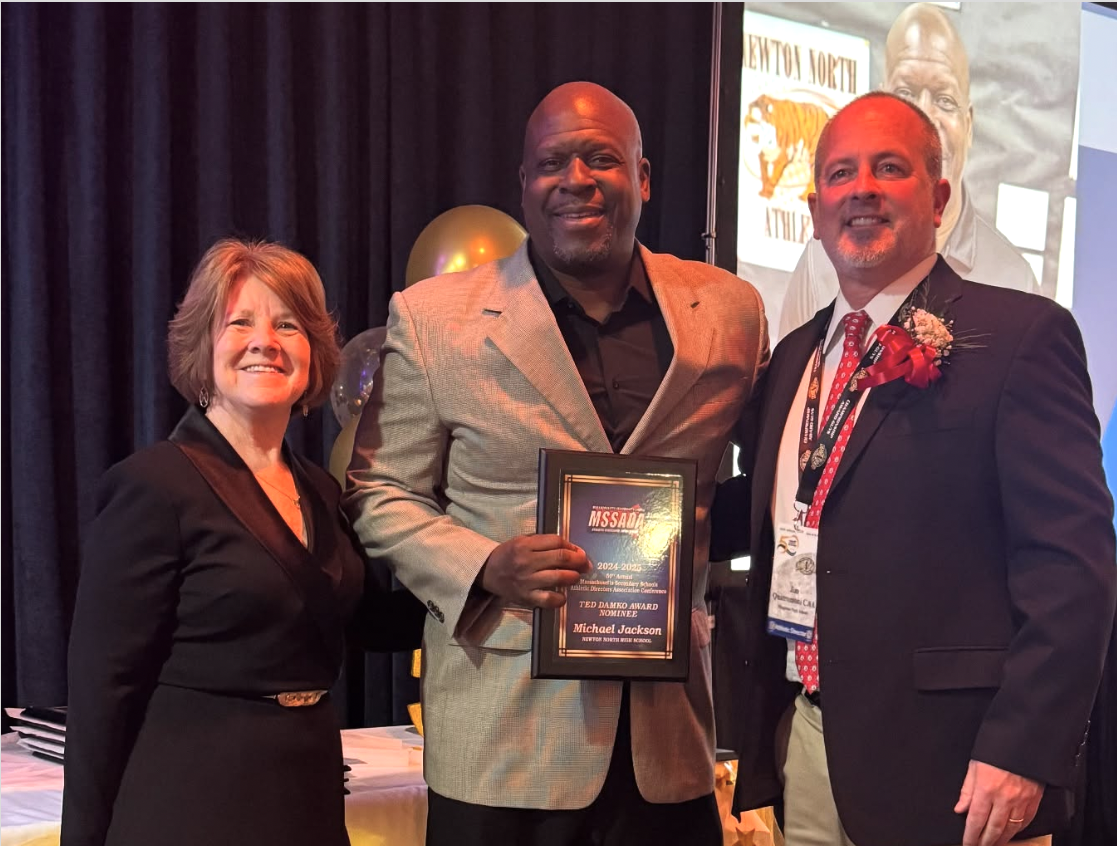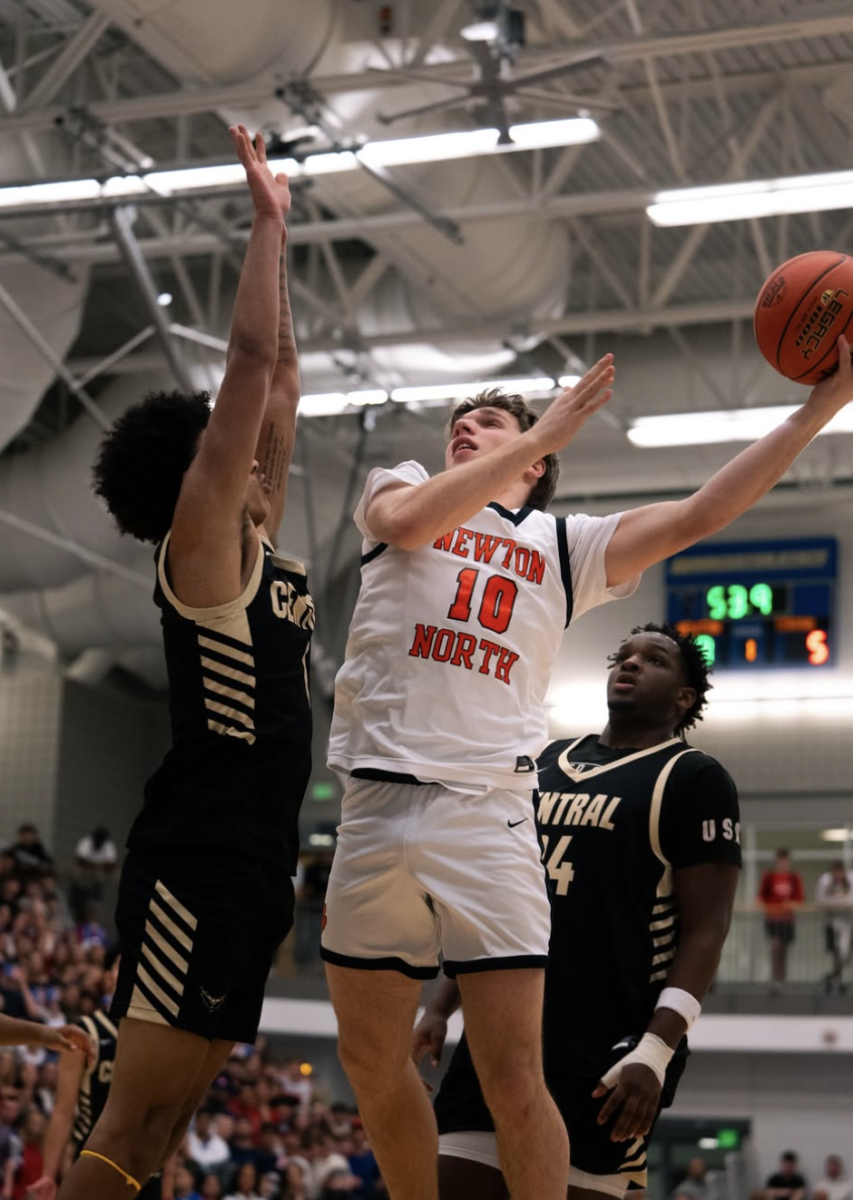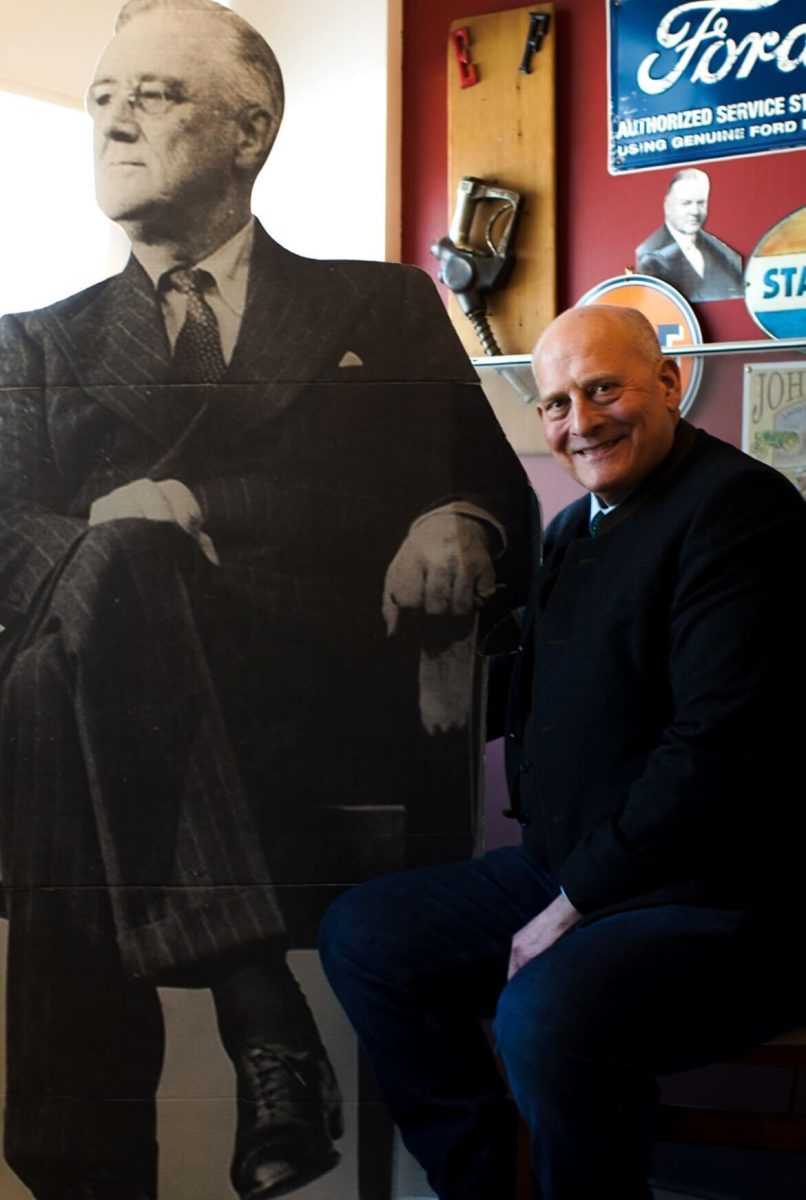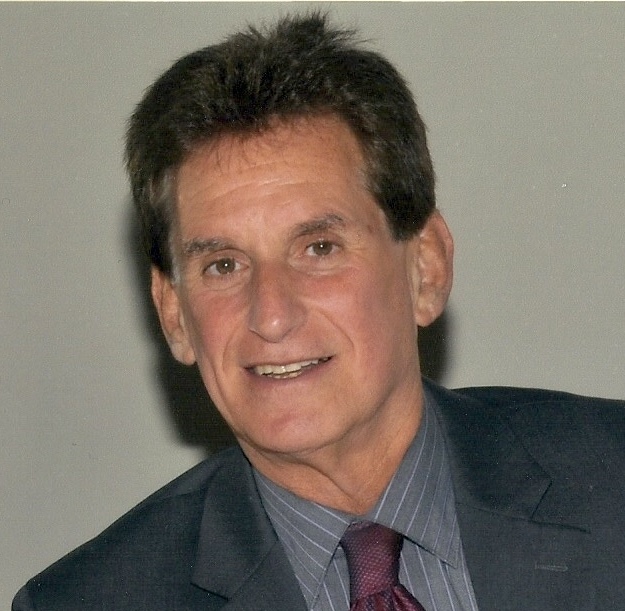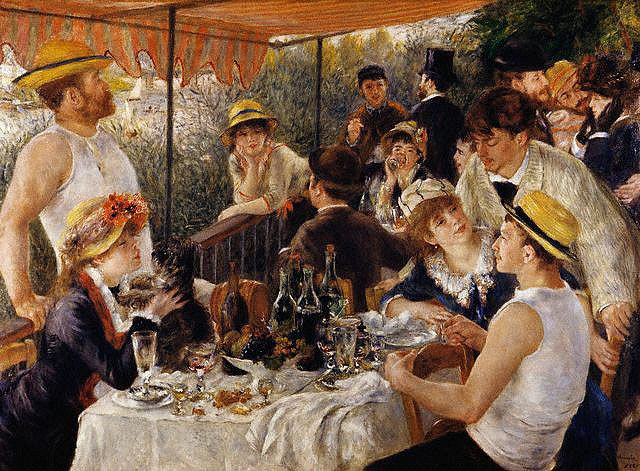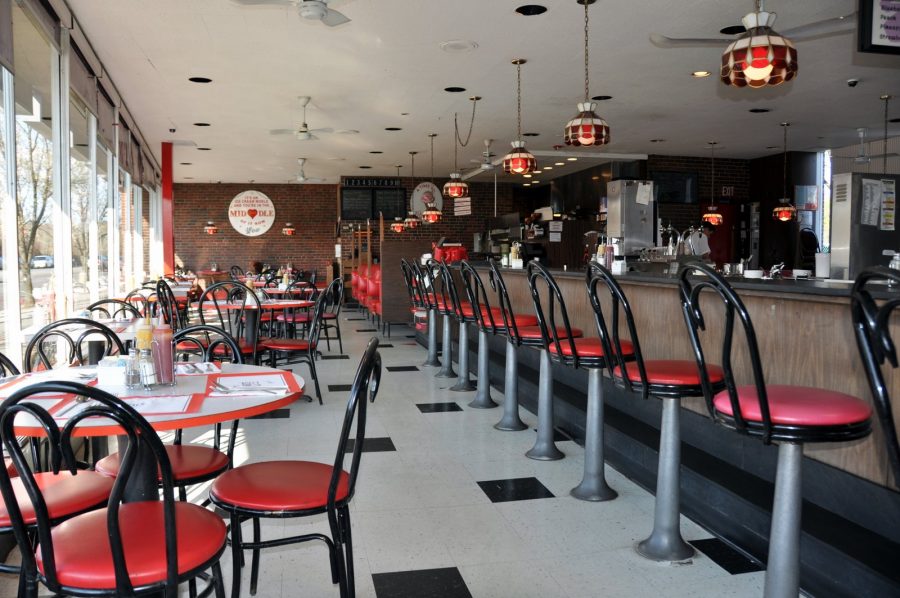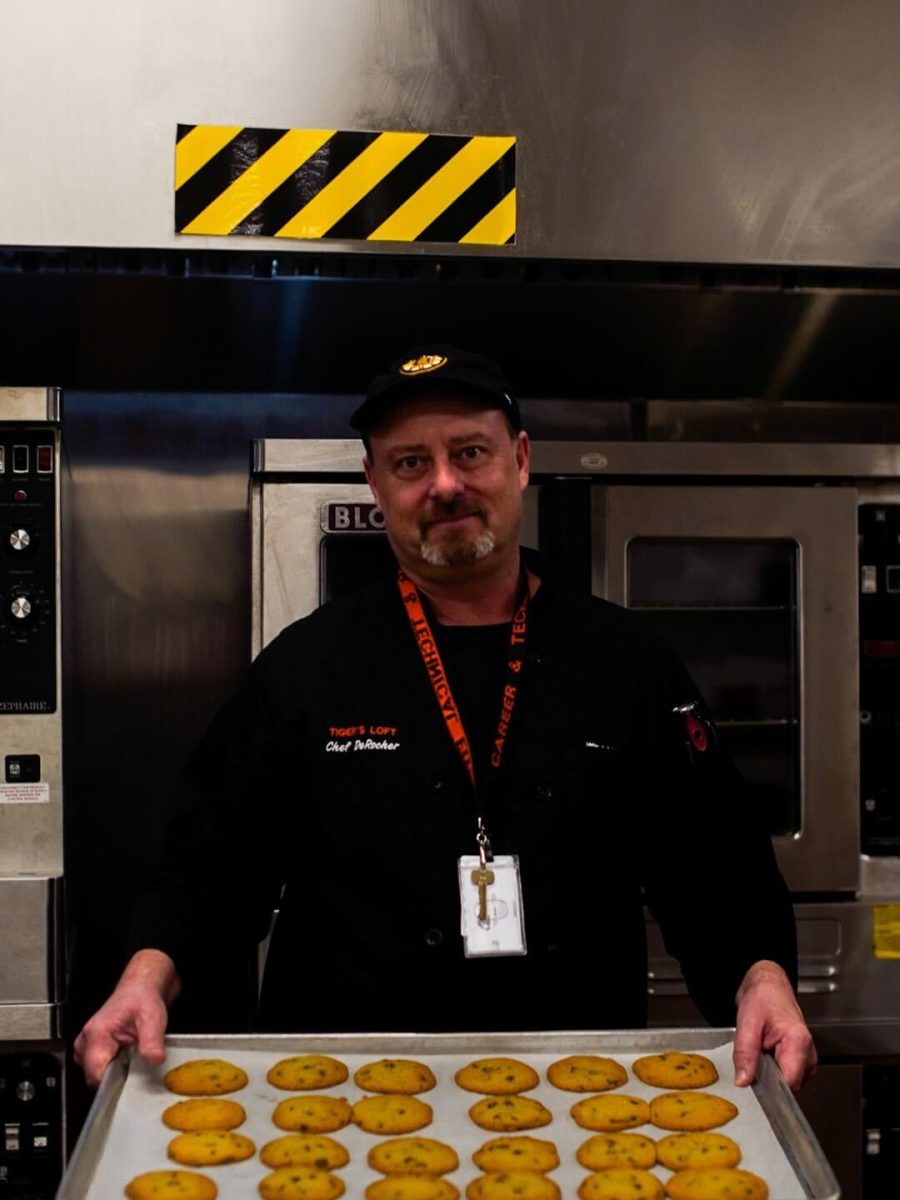by Blake Krantz
Joe Prestejohn has been working at Cabot’s Ice Cream since 1969, when his parents founded the business at its current location on Washington Street in Newtonville. He was 11 at the time, but since then, little has changed. A small red and white sign marks the storefront on the busy street, and inside lies a colorful board of flavors. Customers lounge in red vinyl booths, laughing and talking over sandwiches or tall milkshakes, while employees bustle in and out of the “open-kitchen” environment, as Prestejohn calls it. Everyone wears a smile.

Long ago, Prestejohn’s father owned a restaurant in Boston, but he lost the place in a fire. Fortunately, Cabot’s has not only survived but has flourished, becoming a favorite destination among Newton families and a glowing example of entrepreneurial success. Few small businesses are so fortunate, however. So how do small businesses like Cabot’s survive in competition with many other local businesses with diverging and constantly evolving marketing strategies?
For Cabot’s, the contagiously friendly atmosphere behind the front door has proven a key to success. “It’s kind of like a show,” Prestejohn explained, “the openness of the whole inside, you could be over here and see someone over there,” adding that, “we are an old-fashioned ice cream parlor type of place, and we want that feel.” With this in mind, Cabot’s has thrived for decades, outlasting hundreds of Newton businesses that have risen and fallen in prominence.
However, much has changed from a marketing perspective since Cabot’s first opened its doors. Internet advertising has become ubiquitous, rendering some small businesses incapable of competing for customers and some able to sustain a community presence indefinitely.
The American Marketing Association altered its definition of marketing in 2004. Robert A. Sevier wrote for University Business in his article “A New Definition of Marketing” that “changes in technology, an increased awareness of the importance of customers, and a greater understanding of lifetime value began to be felt in the profession.” The new definition now sets the standard for all small businesses. It reads: “Marketing is an organizational function and a set of processes for creating, communicating, and delivering value to customers and for managing consumer relationships in ways that benefit the organization and its stakeholders.” With an astounding number of small businesses owners vying for consumer attention, this idea of an “organizational” commitment to marketing and “managing consumer relationships” proves critical to success, according to Sevier.
The increase in advertising opportunities online naturally has business owners working as hard as ever to provide this “value” of the new definition, an effort that Forbes writer Nicole Leinbach-Reyhle feels goes all to often unappreciated. For Leinbach-Reyhle, the commitment that small business owners demonstrate on a daily basis should be recognized with consumer attention.
In her article, “Why You Need to Support Small Businesses,” Leinbach-Reyhle writes, “when you consider how many small businesses surround you in your everyday lives, it is impressive to think about the amount of time, commitment, and labor these hard working individuals contribute to make their small businesses both come to life and stay alive.” This effort will likely never change, although its emphases constantly do.
Marketing efforts in particular perpetuate the presence and relevance of many local businesses. Simply look around at the businesses entering and exiting the nearest commercial block. Marketing strategies are strenuous, diverse, and essential, with someone always next door, down the block, or a five-minute drive away striving to compete for publicity.
For Prestejohn, one key aspect that differentiates a business is to actively establish attachment to the community. “I think that the community image is very important. It’s who we are. We live in this community, I grew up in this community, I went to school in this community. This is a great town, a great city. I feel like I am connected to it,” Prestejohn said with a smile. As the owner of a Newton business who speaks at local schools and volunteers at the Boys and Girls Club among other local organizations, Prestejohn is truly “connected” with the Newton community.
Prestejohn has simultaneously never stopped working tirelessly to develop new flavors for a menu which seasonally evolves, to the delight of many of these loyal community members, and hopefully, many new ones who become “engaged” with Cabot’s on social media, as Prestejohn said. “You can’t assume that everyone knows you,” he emphasized about the dangers of complacency in marketing the location and its products.
Founded just a few years ago by two students from Boston College, Heartbreak Hill Running Company is also making connections with members of the community on a daily basis, in a more physical manner. Heartbreak Hill organizes events for local runners, eliciting a feeling of togetherness that draws people back time and time again. Posters in the store highlight the weekly “Firehouse Run” in Newton, during which new runners are often congratulated on Facebook or Twitter. The message then continues to spread with photos and other posts online.

Heartbreak Hill also has a mascot, Bill the Gorrilla. Every Saturday, Bill talks to local community members outside of the store, takes photos, and simply draws attention from cars and pedestrians alike. People become visually, and often emotionally, connected with the store, its products, its events, its employees, who are often runners, and especially Bill, the epitome of small-scale streetfront advertising.
Store manager Louis Serafini wants customers to relate to the store by more than their wallets, whether it be as a frequent participant in running events or someone who wants to learn about training for a marathon. “If someone comes in here to ask questions, they are just as valuable as someone who is coming in to drop four or five hundred dollars on running apparel,” he said, elaborating that, “we try to provide an exceptional service here for what we do, and it is very specialized. People have a good experience here and they tell their friends and then send more people to come in and get that same experience.” For nearly all business owners, marketing revolves around factors less tangible than a product, such as the friendly conversation that takes place at Heartbreak Hill or the smiles of waiters serving ice cream at Cabot’s. Products are undeniably important, but there is much more to consider for small businesses, which rarely compete based on their prices.
Similarly, in an article from the Atlantic titled,“How Brands were Born: A Brief History of Modern Marketing,” Marc de Swaan Arons states that marketing should be based on more than products, which often cannot differentiate a business. Marketing solely a product can even be a failure to comply with the nature of modern marketing. De Swaan Arons writes, “as much as we like to complain about what we buy, it remains a fact that we live in a golden age for quality products. Today, it is much more rare to find cars that consistently break down or kiddie pools that leak.”
The storefront at Heartbreak Hill provides an example of unconventional marketing, even when Bill isn’t around. Two water coolers sit out front 365 days a year, attracting runners who constantly pass by on the street. The water exemplifies the community’s relationship with the store, and also creates awareness for the location when people stop to drink. One of the large storefront windows is covered with dry erasable marker with hundreds of names of local runners, another constant image of Heartbreak Hill’s visibly active marketing strategy in maintaining individual customer relationships. Optimally, these names will return for many visits.
If Cabot’s exemplifies a long-term established community business and Heartbreak Hill an up-and-coming young community business, Bodyscapes Fitness is a combination of the two.
Rob Shapiro, the founder of Bodyscapes, built the business’ first location in Newton Highlands in 1997 as an outlet for personal training in the community with a more “personalized” feel to studio fitness, as Shapiro explained. At larger gyms such as the YMCA, about 80 % of the customers do not regularly attend and are paying for memberships, according to Shapiro, a dynamic that Bodyscapes avoids in its now 15 locations.
From the first days of Bodyscapes, Shapiro, as well as Prestejohn and Serafini, developed a unique and successful business image that incorporates what Martin S. Bresser, a professor at Southeastern Oklahoma State University, labels the “five marketing variables” in Product, Price, Place, Promotion, and People.

For Shapiro, the place was a gym that provided a “service and a nicer place to work-out, and an appointment-based business.” People would only pay for what they used, and upon expansion, Shapiro looked for towns and cities with similar consumer bases to Newton, such as Wellesley and Weston. Bodyscapes ran promotions through mail and the Newton Tab, and currently does charity work at a power-walk led by Silent Spring.
Perhaps most important of any of the five marketing values is “people.” As Bressler writes in his essay, “How Small Businesses Master the Art of Competition through Superior Competitive Advantage,” “managers need to recognize that employees throughout the organization should be responsible for customer satisfaction, and therefore managers should leverage employees to be the cornerstone competitive advantage” (6). Bressler emphasizes the fact that competitive success is not entirely in the hands of small business owners themselves, but is also in the hands of a business’s employees, who represent the business and market its products somewhat indirectly.
At Bodyscapes, Heartbreak Hill, and Cabot’s, employees fit this model to create an energy that perpetuates a positive image and allows each to remain competitive. As Shapiro said of the importance of Boydscapes’ personal trainers in achieving the business’ ambitions, trainers need to be “people that make it fun—you can have your PhD in exercise science, but if you cannot relate and motivate, you cannot be a trainer.” Bodyscapes benefits from word of mouth marketing from its clients due to these relationships and a “sense of community” at the gyms, the “best marketing” channel for Bodyscapes, according to Shapiro. This word of mouth strategy can be generated in other ways as well: Heartbreak Hill, for example, mentions specific runners and their accomplishments on its Facebook page, and these runners in turn commonly share such posts with friend’s and family. People’s satisfaction goes a long way.
Emotional marketing can further differentiate many small businesses. De Swaan Arons found weight in this idea, writing that marketing has always “required an understanding of the target consumer and what we call a ‘branded proposition’ that offered not only functional but also emotional value. Over time, the emotional value would create a buffer against functional parity.” De Swann Arons also explained that “a brand manager should be responsible for giving a product an identity that distinguishes it from nearly indistinguishable competitors.”
Nicole Leinbach-Reyhle concurred, stating that “while every business is different, what also makes customer care among small businesses more valuable is just that—being different.” Evidently, there are many ways to go about doing this. One example is seen in the “Birthday Club” that Prestejohn created several years ago, which provides a unique and personal service for Cabot’s customers. Every month, all Newton residents who signed up with birthdays within the month are sent an email that offers them a free ice cream sundae. The email includes “four or five little promotional things at the bottom,” Prestejohn explained, which people likely read along with the sundae offer. Serafini and Heartbreak Hill send out an internet and email newsletter 2-3 times per week, and the business is always looking to add emails to the list.
Generally speaking, the smaller a business becomes, the more critical subtle marketing techniques are, with somewhat subconscious impressions formed by many customers. “Merely putting a sign out in front of your business and opening the doors to the public does not guarantee business success,” Bressler wrote, or, perhaps, simply posting a sale online for a product does not achieve desirable results.
Shapiro in particular stated the importance of focusing on a business’s own employees in subtly improving towards success, saying that it is essential that a new business owner “surrounds himself with really smart and talented people,” and that he avoids trying to handle every aspect of the business himself, as everyone is only “good at some things” as a human being. There is always room for individual improvement as a business with competitors, led by people of differing backgrounds.
These internal improvements ultimately trump the notion of competition. If a small business looks to its competitors instead of focusing on improving its own services, it is setting itself up to fail. Small businesses such as Cabot’s, Heartbreak Hill Running Company, and Bodyscapes Fitness survive based on unique ideas, characteristics, qualities, and services that are continually evolving while maintaining the intimate community feel that allowed them to succeed in the first place. Marketing is a reflection of what an individual business is offering itself, not what it is offering in comparison to others. As Prestejohn earnestly put it, “We stay focused on what we do. We try to accommodate [our customers] however we can. You can’t be everything to everybody, so we do what we do and we do it well. You don’t come here to get a pizza, because we wouldn’t sell a good pizza. You don’t come here for lasagna, because it isn’t something we do. You have to stay with what you do and do it well.”
Categories:
Successful small businesses: The secrets of three popular Newton destinations
June 14, 2016
0
Donate to The Newtonite
More to Discover


